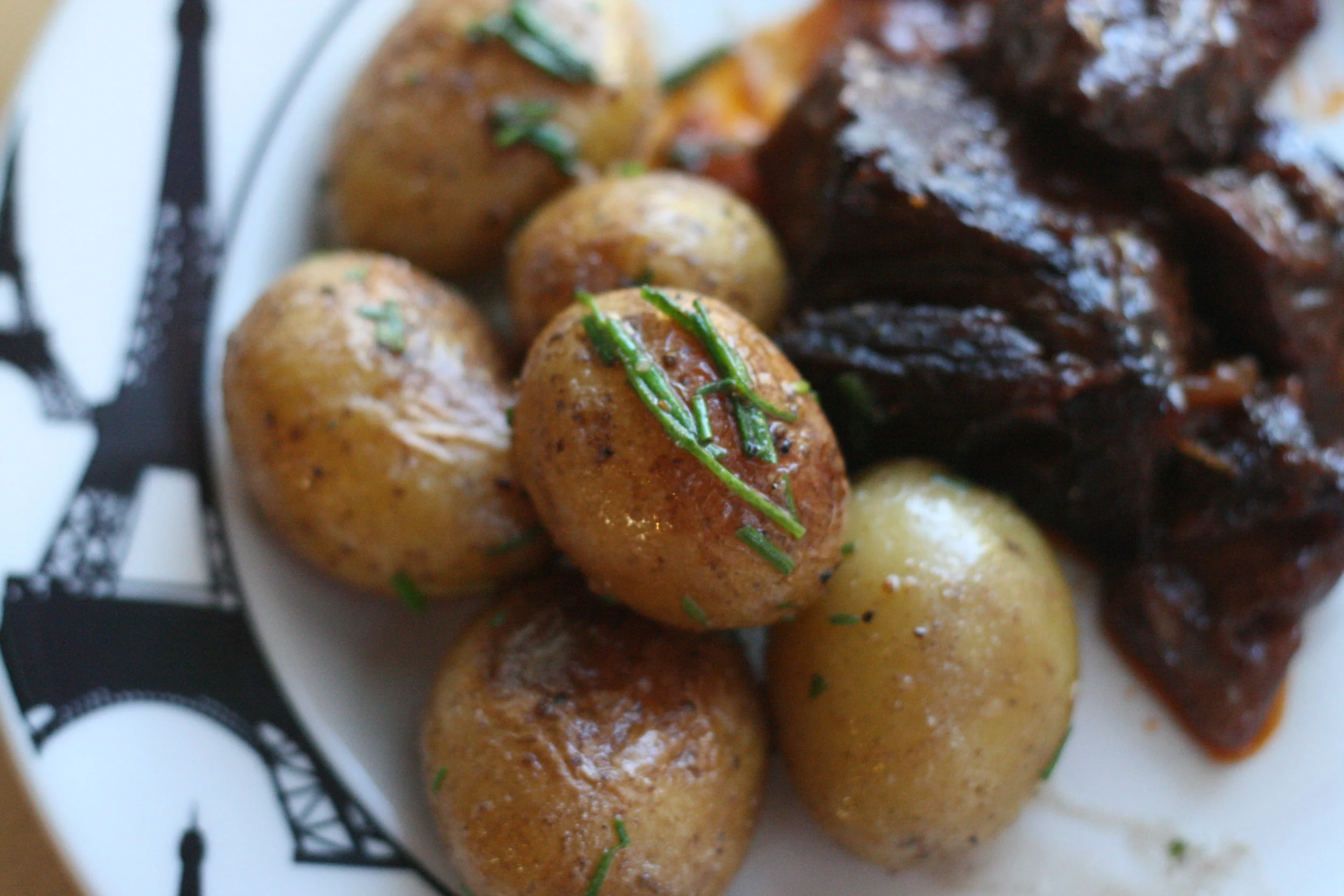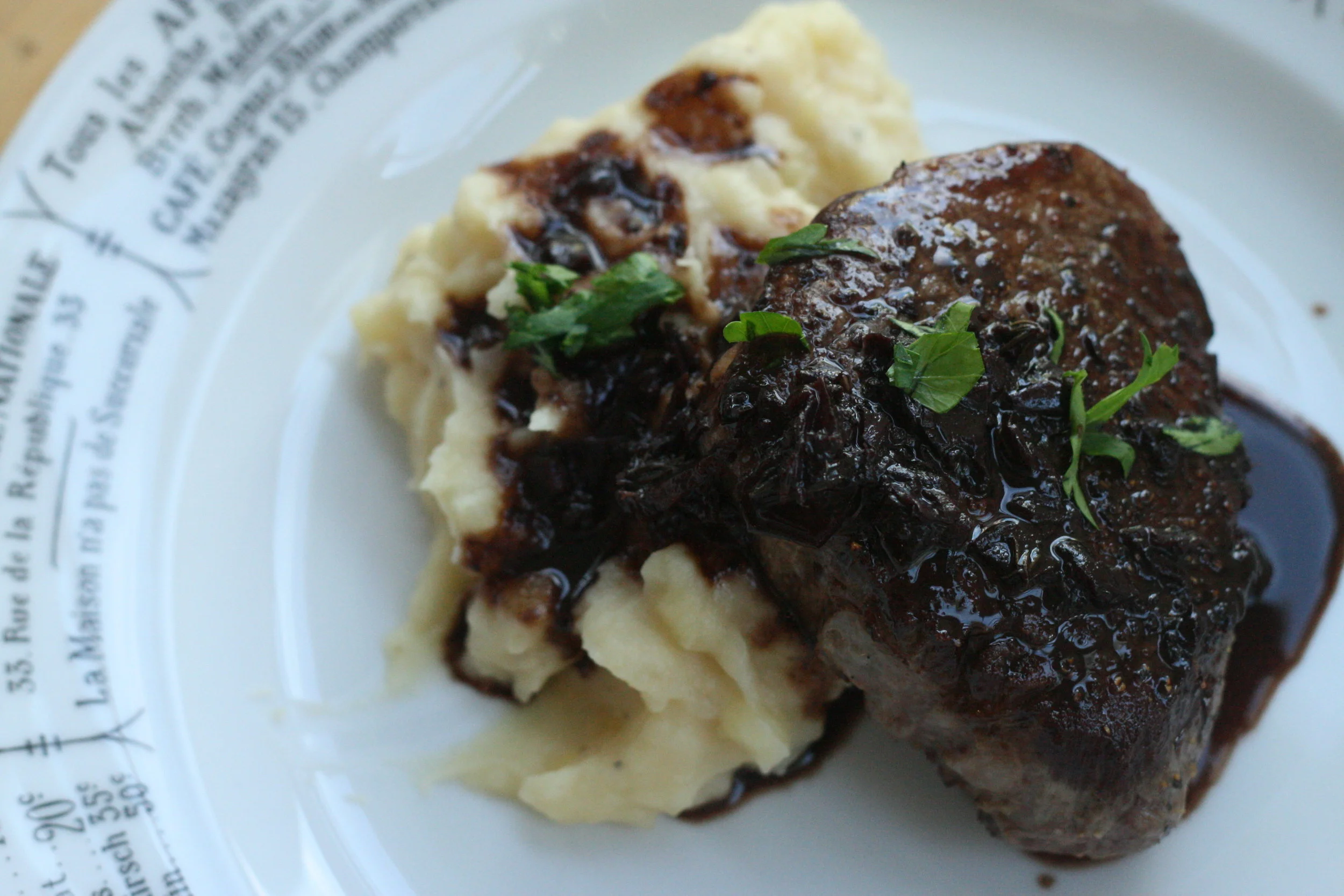France plays in the semifinals of the 2018 World Cup Tuesday and I for one cannot wait. Do you need the perfect thing to enjoy for a Tuesday brunch avec Mbappe et Les Bleus? (Besides Champagne of course) If you have not tried one before I highly suggest you do so immediately. The Croque Madame or the better half of the Croque couple are what is known in France as "fast food" and no this is not your normal grilled cheese sandwich. The essence of the Croque is the ham, béchamel and gruyere or emmental cheese. This marriage of flavors is maybe the greatest thing ever. The Madame name is given to a Croque Monsieur with a poached egg on top. The richness of the egg yoke with the cheese and béchamel is fantastic and very rich and the thin layer of Dijon mustard inside gives the perfect little zest to make it a perfect meal.
Croque is based on the word croquer meaning " to crunch" and Monsieur & Madame meaning Mr and Mrs sounds so much nicer than just Mr. Crunch. The sandwich can be traced back to the early 1900's when it first appeared in Parisian cafes and became a bistro staple thereafter. And the béchamel sauce, one of the French “mother sauces” dates back to the 17th century. So really this is a meal for the ladies.
I have adapted and complied the recipe from using a classic béchamel sauce, adding Gruyere and of course some French ham. Also always cut the crusts off the bread, if you don't they get overcooked and take away from the texture of the whole perfect bite.
Claudine's Croque Madame
Béchamel Sauce
2 tablespoons Butter
3 tablespoons flour
2 cups milk
Salt and pepper
Pinch of nutmeg
Melt butter in a large sauce pan, add flour and whisk for 2 minutes until a light golden color. Slowly add in milk a half cup at a time continue whisking until thick. Remove from heat and add pinch of nutmeg and salt and pepper to taste.
Poached Egg
Meanwhile Poach egg and if you can get your hands on a DUCK egg, do it. In bowling water with a tablespoon of white vinegar. Drop eggs in low and to the water, using a slotted spoon move eggs around in the water flipping to evenly cook.
To finish:
Cut the crusts off the bread, you can use any bread you have, I have used a multi grain bread to a brioche, and they all work. Toast the bread in the oven at 400 degrees for 4 minutes until browned on one side, flip and toast the other side for 2 to 3 minutes. Remove from the oven and on one slice spread a thin layer of Dijon mustard, top with two thin slices of ham and then with a handful of Gruyere cheese top with other slice of bread and then spoon liberal scoops of Béchamel sauce and the top with remaining Gruyere. Place in oven for 5 minutes, turn on broiler and place under broiler for 3 or 4 minutes until golden brown. Plate up and top with that perfect duck egg.
C'est Magnifique! Allez les Bleus!







